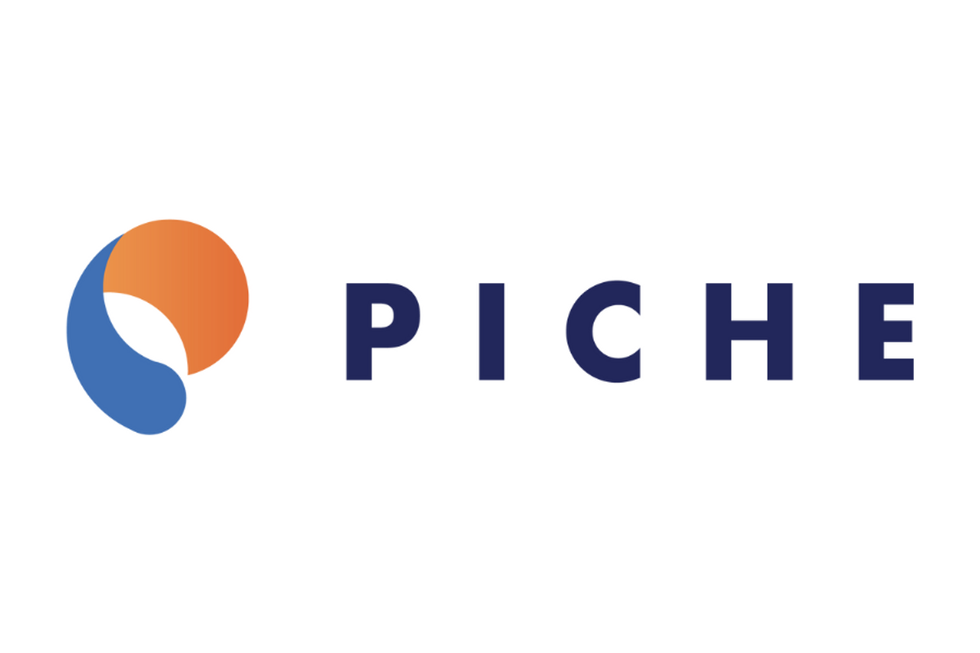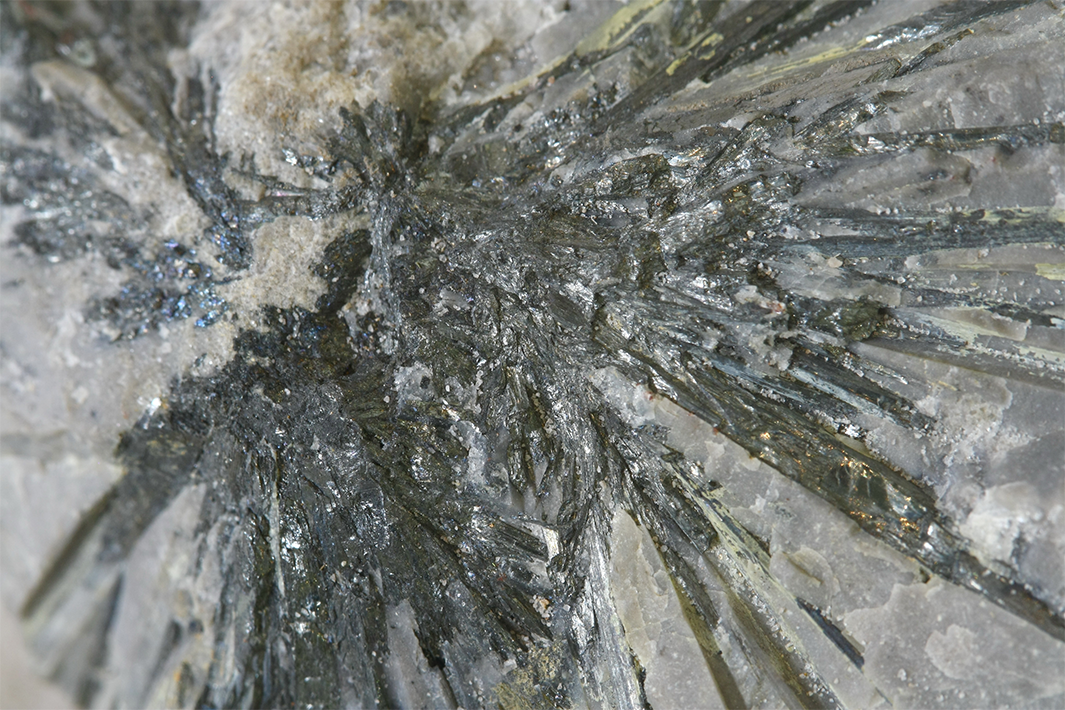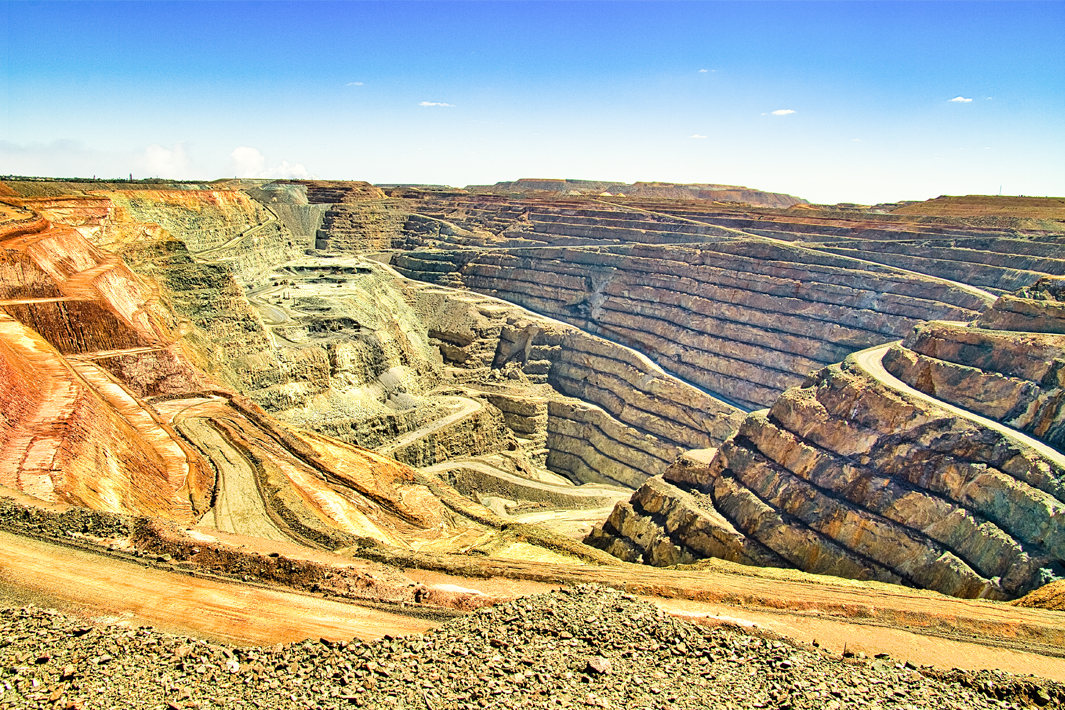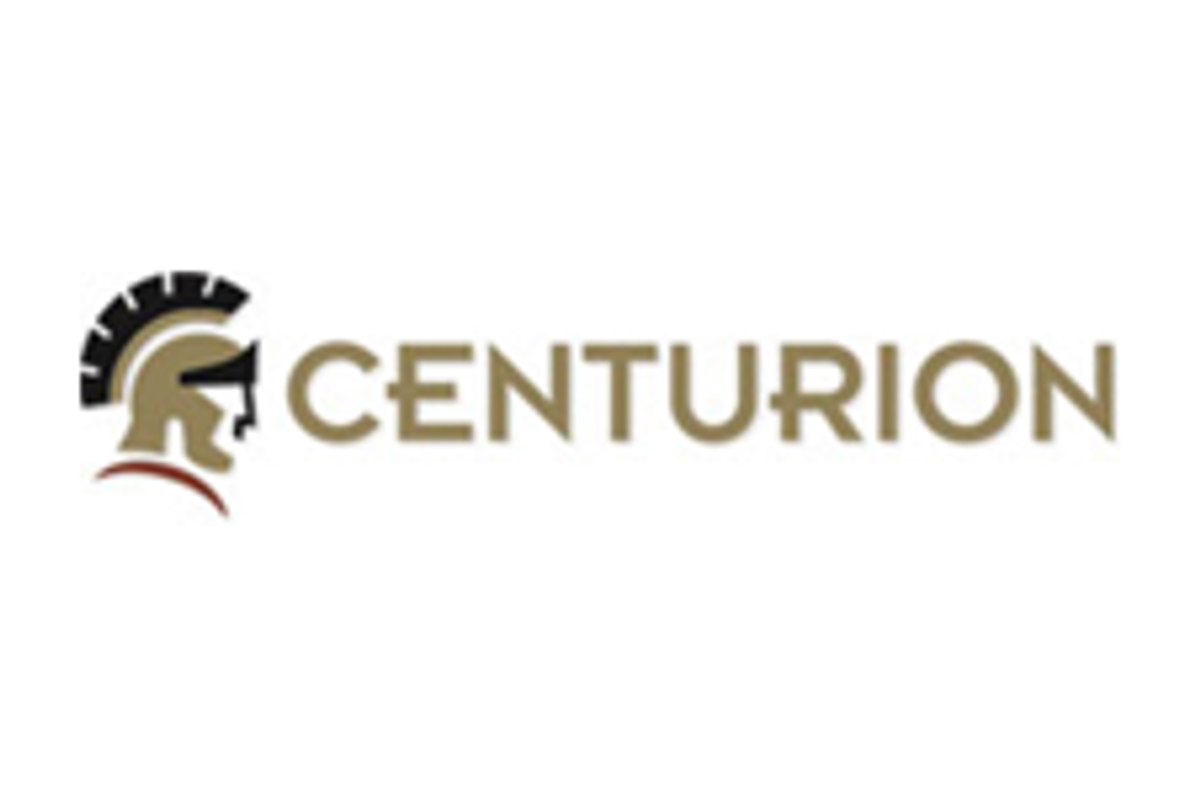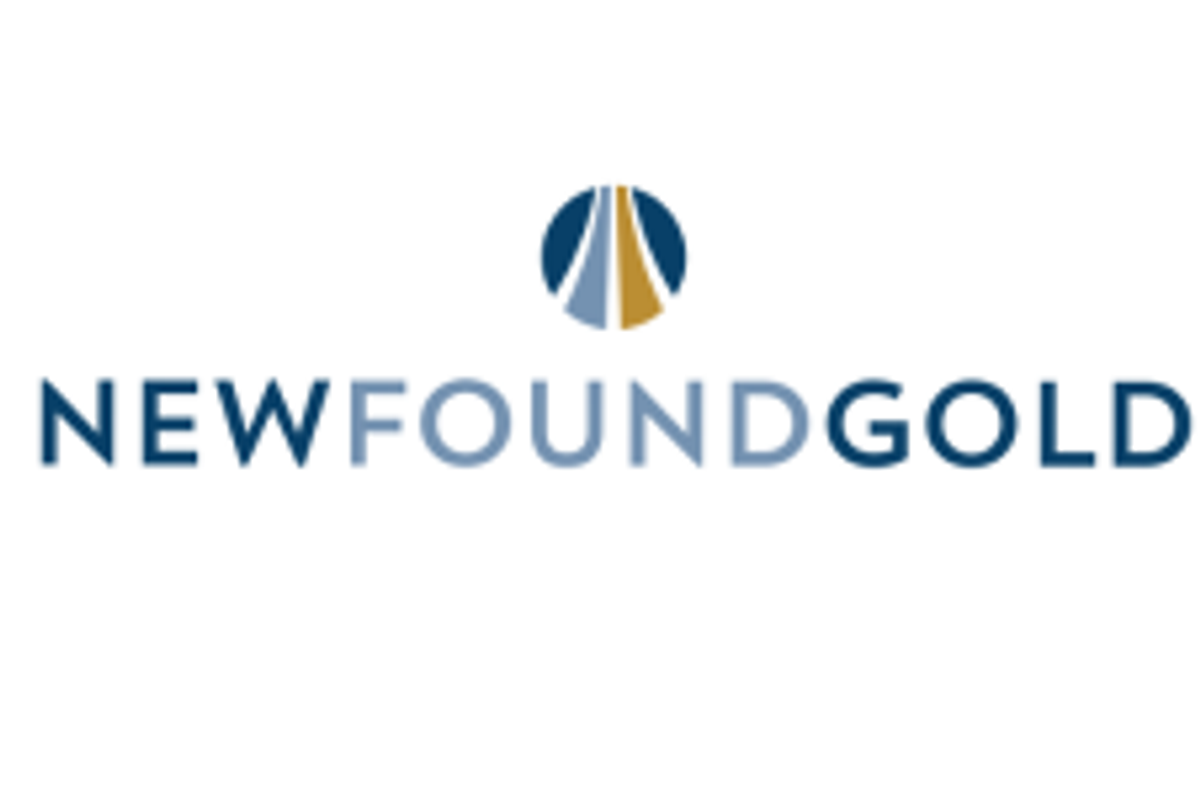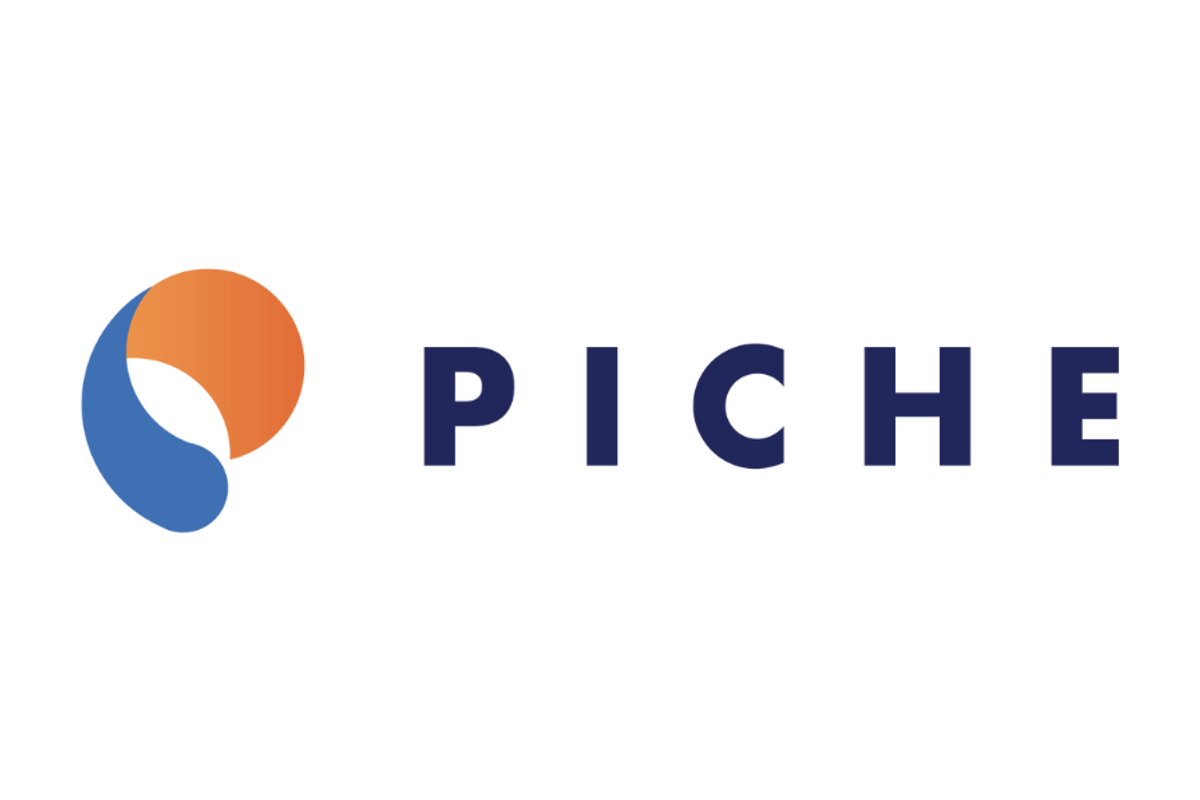
October 29, 2024
Piche Resources Limited (ASX: PR2) (“Piche” or the “Company”) is pleased to announce drilling results from a further eight holes at its Ashburton uranium project in Western Australia. Results to date highlight the potential for both high grade and broad zones of uranium mineralisation.
HIGHLIGHTS
- ADD003 has delivered the widest intersection recorded to date with a 39m intersection immediately above the Proterozoic unconformity.
- Equivalent U3O8 concentration from recent drillholes include:
ADD003 39.28m @ 553 ppm eU3O8 from 124.12m
incl 1.28m @ 1,460 ppm eU3O8 from 125.46m and 0.84m @ 1,184 ppm eU3O8 from 151.54m and 2.42m @ 2,681 ppm eU3O8 from 155.10m and 1.90m @ 2,215 ppm eU3O8 from 161.40m
ARC0083.86m @ 720 ppm eU3O8 from 137.36m
ARCD0056.50m @ 639 ppm eU3O8 from 115.23m
incl 3.02m @ 930 ppm eU3O8 from 115.23m
ADD00510.48m @ 1412 ppm eU3O8 from 114.30m
incl 2.04m @ 3508 ppm eU3O8 from 115.72m and 0.50m @ 2911 ppm eU3O8 from 119.28m
4.08m @ 2075 ppm eU3O8 from 141.94m incl 2.04m @ 2875 ppm eU3O8 from 142.10m
1.04m @ 1918 ppm eU3O8 from 145.80m
1.04m @ 1103 ppm eU3O8 from 148.44m
- Analyses of the drill core has
1. demonstrated a northwest structural control on mineralisation
2. mineralisation along the unconformity and
3. within the overlying sandstone and the basement.
The combined reverse circulation and diamond drilling programme has exceeded the Company’s expectations, having met its original aims of confirming historical results, testing the potential northwest structural control of mineralisation, and expanding the known uranium mineralised envelope.
Results from the drilling are included in Table 1 with the drill hole details in Table 2. In total, 1,776m of reverse circulation drilling and 1,147m of diamond drilling have been completed for a total of 18 holes.
Drilling at Angelo A has confirmed the continuity of mineralisation, identified a steeply dipping mineralised structure and highlighted the undulating nature of the Proterozoic unconformity (Figure 1). A potential northwest trending structure containing uranium mineralisation was intersected between ARC004 and ARC006.
Evidence of a mineralised northwest oriented structure was encountered in ADD001, located over 1km to the northwest of Angelo A. Structural logging of this hole highlighted a shallow dipping (35 degrees) mineralised structural trending to the northwest.
The drilling programme has also confirmed historical drill results from over 40 years ago.
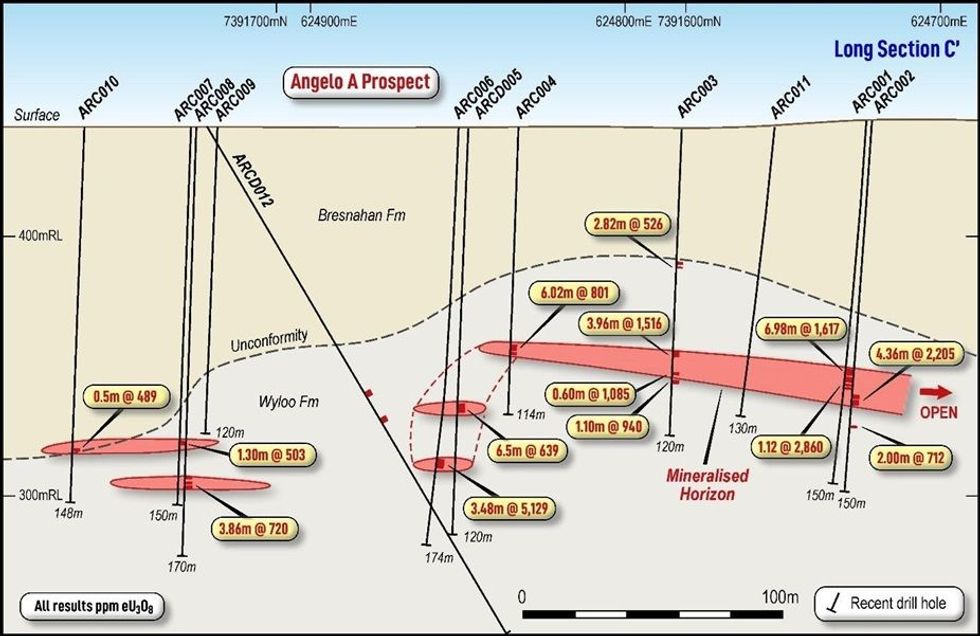
Diamond drill hole ADD003 identified 39.28 metres of uranium mineralisation (Figure 2), highlighting the potential to expand the area of mineralisation at both the Angelo A & B prospects, and along strike to the northwest and southeast.
Additionally, high grade uranium results may represent steeply dipping zones intersecting the flatter lying unconformity hosted mineralisation. The zone of uranium mineralisation in Section A’ is exceeds 100m wide and varies in thickness up to 39m. Mineralisation is continuous along strike with further drilling required to determine it’s extent and continuity.
Click here for the full ASX Release
This article includes content from Piche Resources, licensed for the purpose of publishing on Investing News Australia. This article does not constitute financial product advice. It is your responsibility to perform proper due diligence before acting upon any information provided here. Please refer to our full disclaimer here.
silver investinguranium investingasx stocksasx:pr2gold explorationgold investinggold stockscopper investing
PR2:AU

Sign up to get your FREE
Piche Resources Investor Kit
and hear about exciting investment opportunities.
- Corporate info
- Insights
- Growth strategies
- Upcoming projects
GET YOUR FREE INVESTOR KIT
The Conversation (0)
30 July 2025
Piche Resources
Targeting globally significant uranium and gold discoveries in Australia and Argentina
Targeting globally significant uranium and gold discoveries in Australia and Argentina Keep Reading...
04 December 2025
Commences Maiden RC Drilling at Cerro Chacon Gold Project
Piche Resources (PR2:AU) has announced Commences Maiden RC Drilling at Cerro Chacon Gold ProjectDownload the PDF here. Keep Reading...
06 November 2025
$2million placement to advance Argentine exploration
Piche Resources (PR2:AU) has announced $2million placement to advance Argentine explorationDownload the PDF here. Keep Reading...
06 November 2025
Reinstatement to Quotation
Piche Resources (PR2:AU) has announced Reinstatement to QuotationDownload the PDF here. Keep Reading...
30 October 2025
Quarterly Appendix 5B Cash Flow Report
Piche Resources (PR2:AU) has announced Quarterly Appendix 5B Cash Flow ReportDownload the PDF here. Keep Reading...
30 October 2025
Quarterly Activities Report
Piche Resources (PR2:AU) has announced Quarterly Activities ReportDownload the PDF here. Keep Reading...
31 December 2025
Utah’s Antimony Resource: A Strategic Investment Play in Critical Minerals
Utah may be best known for its copper and gold legacy, but hidden beneath its rugged terrain lies one of the most overlooked critical mineral opportunities in the US: antimony. With global supply heavily concentrated in China and export restrictions tightening, Utah’s underexplored antimony... Keep Reading...
30 December 2025
Hidden Gem: How Intrusion-related Gold Deposits Could Fuel Next-generation Discoveries
With the gold price continuing to hover near all-time highs and major producers scouring the globe for new large-scale deposits, one type of gold system is emerging as a potential game changer. Intrusion-related gold systems (IRGS) have already yielded multimillion-ounce mines, like Kinross... Keep Reading...
30 December 2025
Finding Gold: Exploring New Zealand’s Next Big Discovery
Despite its rich mining legacy, New Zealand remains one of the most underexplored frontiers for gold in the developed world. Now, with advanced exploration tools and a new generation of explorers, the country is emerging as a hotbed of untapped investment opportunity.Modern exploration... Keep Reading...
Latest News

Sign up to get your FREE
Piche Resources Investor Kit
and hear about exciting investment opportunities.
- Corporate info
- Insights
- Growth strategies
- Upcoming projects
GET YOUR FREE INVESTOR KIT
Interactive Chart
Latest Press Releases
Westport Announces Board of Directors Update
02 January
Related News
TOP STOCKS
American Battery4.030.24
Aion Therapeutic0.10-0.01
Cybin Corp2.140.00
